1. The Covid-19 pandemic and the negative impact of climate change on a global scale have forced governments of many countries to change their awareness and thinking about national governance and sustainable urban development, especially in poor countries and developing countries. At this time, the idea of "15-minute City" by Carlos Moreno - Professor of Pantheon Sorbonne University (Paris - France) was awarded the Obel Prize - 2021 by the Henrik Frode Obel Foundation (a prestigious international award to honor outstanding architectural contributions to human development around the world ) and began to attract the attention of many developed countries in Europe and North Asia.
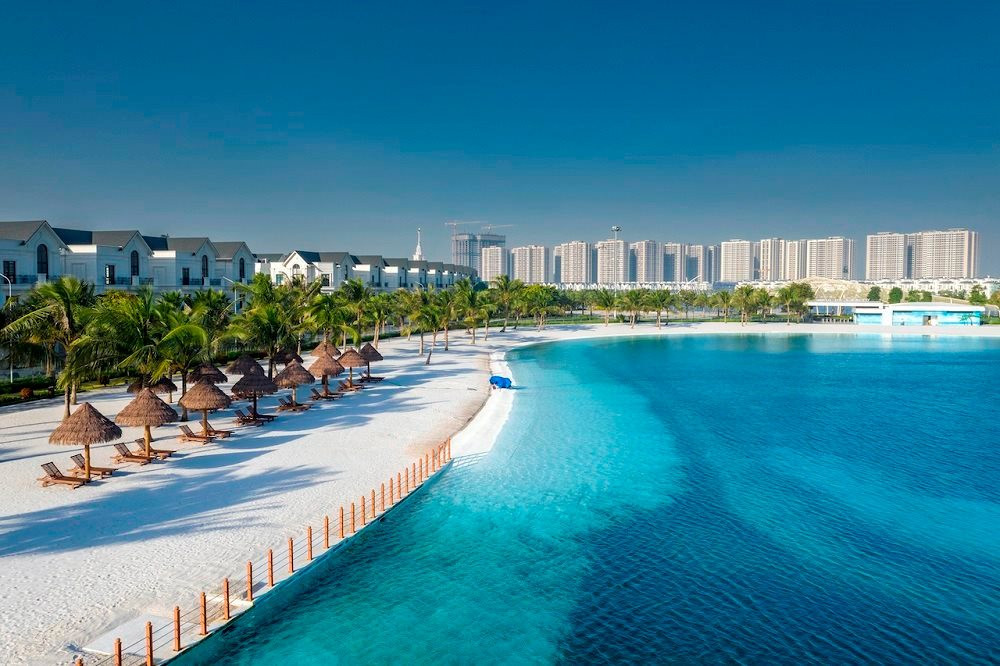
With this idea, all the essential needs of people such as work, study, shopping, entertainment, medical treatment... are solved within a radius equivalent to 15 minutes of walking or cycling. The "15-minute city" is a complex and ambitious urban development strategy, but it is also a new pragmatic approach that can be adjusted to suit local culture, conditions and needs, easily translated into political programs and policies to transform the structure of cities. It is also an ideal small urban model that adapts to pandemics and climate change.
If when it was first born (in 2016), Moreno's idea of "15-minute City" was considered "utopian" by many planners, it has now received more attention and become more feasible thanks to a special catalyst - the Covid-19 pandemic. In many countries in Europe and Korea, people have begun to promote the "15-minute City" model as a post-pandemic recovery strategy. The government of Paris (France) is pioneering the implementation of urban development policies according to this model. Mayor Anne Hidalgo invited Professor Moreno to participate as an advisor in the implementation of the urban renewal plan in the capital Paris with the ambition that by 2024 all streets in Paris must have dedicated bicycle lanes, and at the same time eliminate 70% of car parking spaces on the streets, replacing them with green spaces and playgrounds. Some other cities such as Houston, Milan, Brussels, Valencia, Chengdu... are also applying similar models, with names such as "20-minute residential area" (Melbourne - Australia), or "15-minute urban area" (Milan - Italy)... where most of the things people need can be found within walking, cycling or public transport radius in just 15 - 20 minutes.
According to experts, the "15-minute City" model will be an inevitable development trend of urban areas in the world during the 4.0 industrial revolution, creating conditions for people to reduce the need to travel and direct contact thanks to online communication and shopping platforms. In particular, this model also helps residents better cope with the Covid-19 pandemic, which disrupted all economic activities, trade and social communication. In July 2021, in Rio De Janeiro (Brazil), the 27th World Congress of Architects (UIA-2021) was held in person and online, with the participation of architects, urban planners, social organizations, architect associations, thinkers, policy makers and people... to discuss the future of the city and the city of the future. The UIA Congress issued the Rio De Janeiro Charter of Architecture - Urbanism 21, with new insights on cities and urban development in the world. The Charter pointed out that at a time when the Earth's living environment is degraded and resources are wasted, causing harm to humans, the pandemic has further raised the dangers, threats to human health and physical health. The pandemic has made clearer the interdependence between countries, politicians, economic, cultural, social and environmental aspects, the basic elements that make up cities and territories.
The pandemic, like a hurricane, has exposed the weaknesses of thousands of cities around the world, including large cities, megacities, green cities, smart cities, especially the rapid and uncontrolled urbanization process in poor and developing countries. The model of uncontrolled urban expansion in many countries around the world has led to negative consequences for society, causing economic inequality between people and real estate businesses and local authorities in the possession (illegally and legally?!) of a very large proportion of agricultural land - rural areas, rivers, lakes, environmental protection areas (green zones). On a global scale, hundreds of millions of people around the world are vulnerable to living in poor houses in "slum" areas lacking infrastructure, clean water, health care... and the attention of the State. Cities and territories have become unbalanced, human life is threatened by depleted resources, polluted habitats, degraded ecosystems and public health problems due to the adverse impacts of climate change, epidemics and urban development and urbanization.
2. In Vietnam, on January 24, 2022, our Party issued Resolution 06-NQ/TW, a very important and strategic Resolution on Planning, Construction, Management and Sustainable Development of Vietnam's Urban Areas to 2030, with a vision to 2045. The Resolution affirmed that after 35 years of innovation, especially in the past 10 years, urban planning, construction, management and development in our country have achieved many very important results. The urban system is increasingly developing with 862 urban areas of all types, the urbanization rate reaching nearly 40%. The technical infrastructure system, economic and social infrastructure are invested in more synchronously and effectively. The quality of life of urban residents has been improved and gradually enhanced.
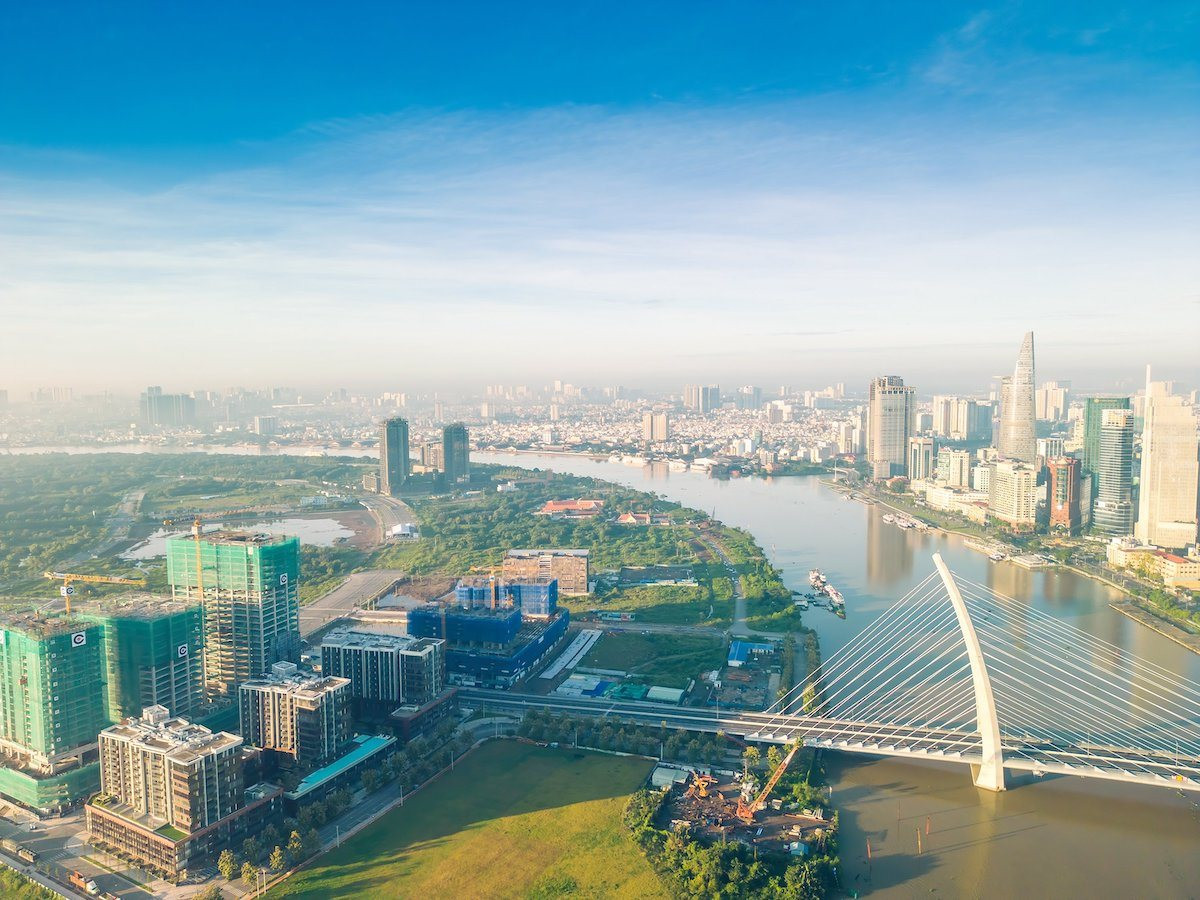
Urbanization and urban development have become an important driving force for the country's socio-economic development and industrialization and modernization. The urban economy has contributed about 70% of the country's GDP. Urbanization and urban development have brought a new architectural look to the country in the direction of modern civilization. These are very great achievements. But Resolution 06 also clearly stated that in the process of urbanization, the work of planning, construction, management and urban development has revealed many shortcomings and limitations, such as: “The urbanization rate achieved is lower than the target set in the Socio-Economic Development Strategy 2011 - 2020 and is still quite far from the average rate of the region and the world. The quality of urbanization is not high, urban development is mainly in width, causing waste of land, the level of economic concentration is still low. The process of urbanization and urban development is not closely linked and synchronized with the process of industrialization, modernization, and new rural construction…”. “… Awareness of urbanization and sustainable urban development is not complete and has not received due attention. Urban planning work is slow to innovate, lacks vision, and is of low quality; implementation still has many limitations, in many places, planning adjustments are still arbitrary…” (Excerpt from Resolution). These limitations were partly exposed during the Covid-19 pandemic that occurred in our country since February 2020, causing a lot of damage to people and the economy, especially in big cities, especially Ho Chi Minh City.
Many experts have pointed out that the current unreasonable urban structure is also the main cause of the outbreak. With a lack of infrastructure, narrow traffic (only 1.5m to 2m wide), and a high population density, most of whom are poor, vulnerable people in society, and have poor resistance to epidemics and natural disasters, it is not surprising that the number of people sick and dying from Covid-19 in alleys and lanes is much higher than on the street. The Covid-19 pandemic has temporarily ended, posing many problems for urban planners and managers to solve. First of all, it is necessary to seriously and responsibly consider the urban development model of Vietnam so that it is least vulnerable and has the lowest impact on people's lives and lives, on the socio-economic development of the community and locality when having to deal with the pandemic and climate change. Is it right for large, densely populated urban areas like Hanoi and Ho Chi Minh City to race to build high-rise buildings with large volumes in the core of the city that are already crowded? Are there shortages of housing for workers in concentrated industrial zones? Satellite cities in the master plan for the construction of the capital Hanoi to 2030, with a vision to 2050, approved by the Prime Minister in 2011, which should have been places of development and population attraction, have received little attention for the past 10 years (except for the Hoa Lac - Xuan Mai urban area). New urban areas are emerging more and more with high-rise apartment buildings - home to hundreds of thousands of people, but there is a lack of social housing, public spaces, fragmented technical and social infrastructure, lack of connection with the city's general system and public transport, which has been creating bottlenecks causing traffic jams, polluting the environment... Public spaces, green spaces, and water surfaces are increasingly narrowing and degrading. How will they play a role in the face of climate change and epidemics?
The city-in-city structure connecting the central urban area, satellite urban areas, the Red River urban chain, smart urban areas... and even the "15-20 minute city" model that the world is talking about also needs to be studied to have a modern, culturally-civilized, and identity-rich capital planning, for the sustainable happiness of the people.
3. Hanoi is adjusting the general planning for the capital construction approved in 2011 and, for the first time, is developing the Capital Planning using a multi-sectoral integrated approach with 17 fields and 30 contents. This is a challenge, but also an opportunity to comprehensively review the shortcomings that have existed in the past development process, propose a sustainable development plan for Hanoi and the capital region in the new period, meeting the country's development requirements and the ability to adapt to climate change and pandemics. The structure of the city within the city connecting the central urban area, satellite urban areas, the Red River urban chain, smart urban areas... and even the "15-20 minute city" model that the world is talking about also needs to be studied to have a modern, cultural - civilized, and unique capital planning for the sustainable happiness of the people.
Our urban strategic planning is still general, urban development is still led by investment projects, not developing according to planning. In order to increase the resistance and adaptability of the urban system, it is time to focus on improving urban quality, instead of upgrading and expanding urban area and scale by all means (including borrowing indicators). Small, decentralized, low-density urban areas need to build civilized and modern technical and social infrastructure connected by the North-South transportation system and expressway, which will be the driving force for sustainable economic development of the locality, the region and the whole country.
We are entering the 4th industrial revolution, with artificial intelligence, digital technology, the Internet of Things and strong digital transformation at the national level to operate and manage all areas of economic and social life. And so, smart urbanization, smart urban planning, smart urban development, smart urban management... are urgent tasks not only of the Construction industry in particular, but also political tasks of Party committees, local authorities, ministries and branches with the participation of the whole society for the sustainable happiness of the people, for the prosperity of the country.
Source





![[Photo] Hanoi morning of October 1: Prolonged flooding, people wade to work](https://vphoto.vietnam.vn/thumb/1200x675/vietnam/resource/IMAGE/2025/10/1/189be28938e3493fa26b2938efa2059e)





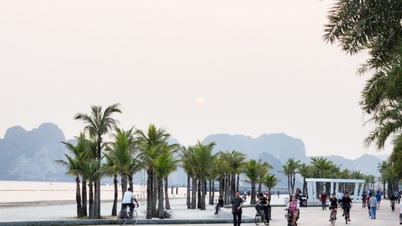
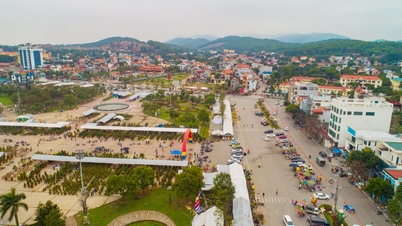
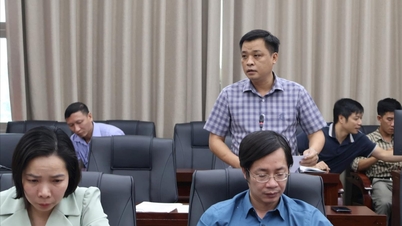
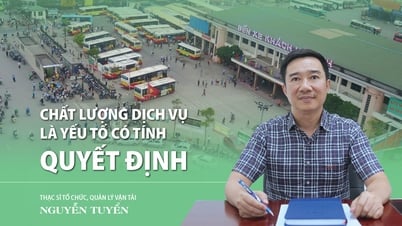





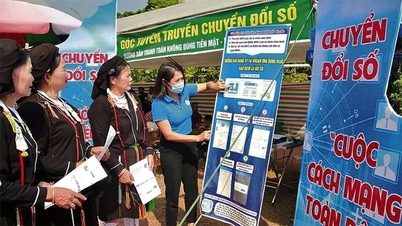

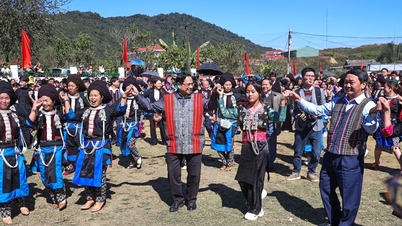


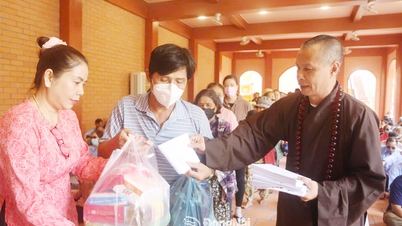





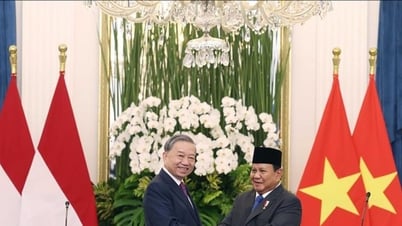
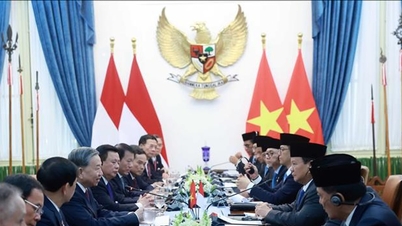

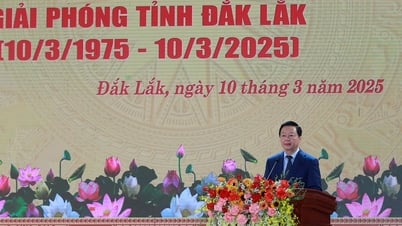
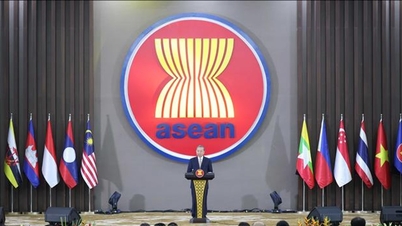

![[Photo] Panorama of the cable-stayed bridge, the final bottleneck of the Ben Luc-Long Thanh expressway](https://vphoto.vietnam.vn/thumb/1200x675/vietnam/resource/IMAGE/2025/9/30/391fdf21025541d6b2f092e49a17243f)









































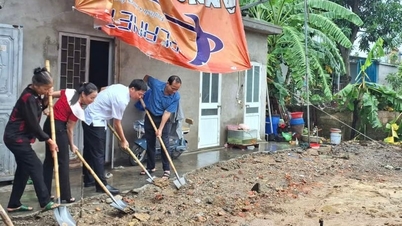

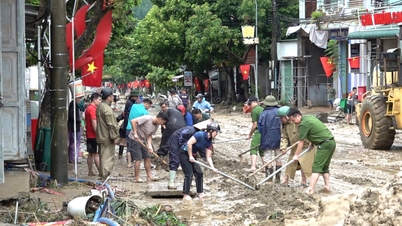



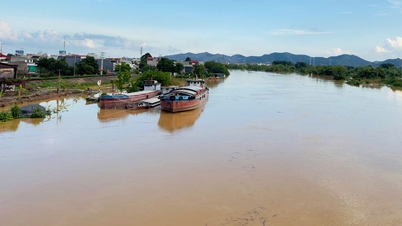















Comment (0)